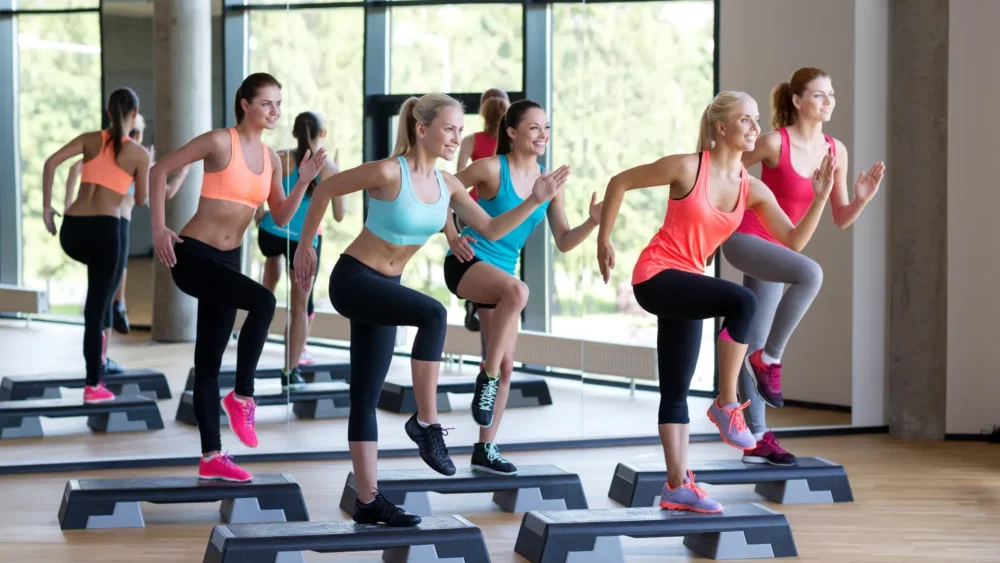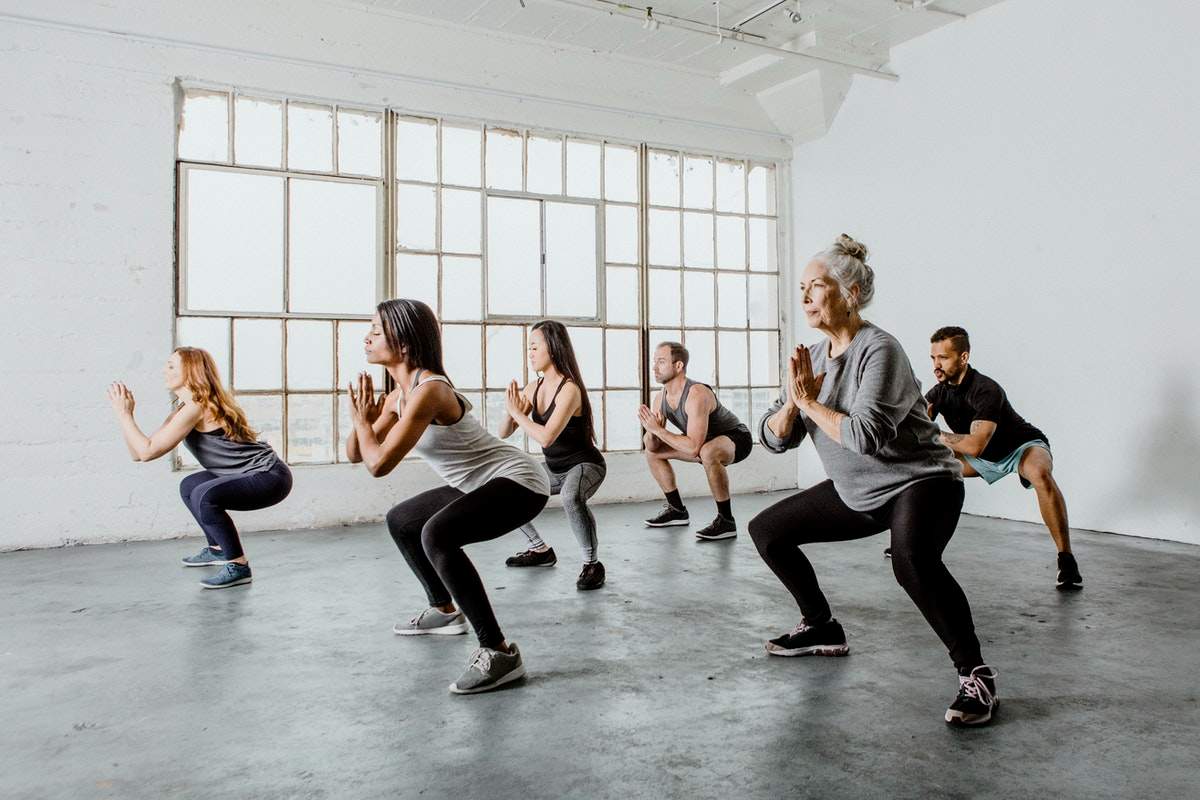If you wear contact lenses and you’re heading to the slopes, it’s worth getting your eyewear sorted well before you board a plane. Bright sun, biting wind, icy air and dry altitude conditions can all play havoc with your eyes—especially if you’re wearing lenses. The right kit can make a world of difference, not only in terms of comfort but also performance and safety.
Let’s break down exactly what you need to wear over your contacts when you’re skiing or snowboarding.
The conditions up there are no joke
First things first: the mountain environment is tough on eyes. The sun’s UV rays are much stronger at higher altitudes, and snow reflects a huge amount of that light directly into your face. That dazzling white glare isn’t just annoying—it’s dangerous. It can lead to photokeratitis, a condition sometimes referred to as “snow blindness,” which is exactly as unpleasant as it sounds.
If you wear contact lenses, you’re already more prone to dryness. Cold wind, altitude, and intense sun only make things worse. That’s why decent protective eyewear is essential. Not optional. Essential.
Goggles, not sunglasses
A common question is whether you can get away with sunglasses instead of ski goggles. And technically, yes—you can wear sunglasses on the slopes. But would I recommend it? Absolutely not.
Goggles are better suited to skiing and snowboarding for several reasons. They fit snugly against your face, offering full coverage and keeping cold air, snow and UV out. Most are ventilated and anti-fog, which makes a big difference when you’re active and the temperature’s fluctuating.
If you’re wearing contact lenses, goggles also help maintain a more stable environment around your eyes. Less wind, less dryness, more visibility. Simple.
Look for goggles with UV protection and anti-fog lenses
This might sound obvious, but don’t assume all ski goggles are made equal. Look for a pair that blocks 100% of UVA and UVB rays, and make sure they come with an anti-fog coating or double lens system. That’ll stop them steaming up the second you start moving.
You’ll find a wide range of goggles for skiing available with next-day delivery from places reputable online shops!
If you’ve got sensitive eyes or often find your lenses uncomfortable in dry air, consider a pair with slightly tinted or photochromic lenses that adjust to the light conditions. They’ll help prevent squinting and keep your vision clear no matter what the weather’s doing.
Prescription goggles are an option—but not essential
You don’t have to buy prescription goggles just because you wear glasses or contacts. In fact, many people with contact lenses prefer to keep their regular lenses in and wear non-prescription goggles on top. It keeps things simple and means you can invest in a great pair of goggles without worrying about lens customisation.
That said, if you’re someone who switches between glasses and lenses, or you wear dailies and want a backup option, there are prescription ski goggles available too. They’re more common than you might think—and you can even get them with interchangeable lenses or inserts, depending on the model.
What about sunglasses for off-piste or après-ski?
You won’t be in goggles all day, especially if you’re taking breaks, having lunch, or just soaking up the view. That’s where a decent pair of designer sunglasses with UV protection comes in. Go for something with wraparound coverage if possible—it’ll still shield your eyes from wind and glare while giving you a bit more breathing room than your goggles.
Sporty frames like those from Oakley or Prada Linea Rossa work well in this context, offering a snug fit and impact-resistant lenses. Or, if you prefer something more classic, Ray-Ban sunglasses will do the job just as well while keeping things a little more stylish for après-ski.
Plenty of brands now offer prescription sunglasses too!
Extra tips for lens wearers on the slopes
Even with great eyewear, contact lens wearers should take a few precautions:
- Carry rewetting drops: The cold, dry air can make lenses feel gritty fast. Pack some lubricating drops in your jacket.
- Wear daily disposables if possible: They’re more hygienic and convenient in the mountain environment. No faffing with cases and solution.
- Always carry a backup pair of glasses: If your eyes suddenly can’t tolerate lenses, you’ll be glad you’ve got a fallback.
- Remove your lenses as soon as you’re done for the day: Don’t let dry eyes linger into the evening. Give them a break.
If you’re new to skiing or snowboarding, it’s easy to overlook your eyewear while you focus on boots, jackets, and lift passes. But your eyes need proper protection—especially if you wear contact lenses. A well-fitting pair of ski goggles with full UV protection isn’t just a comfort upgrade. It’s a safety essential.
Invest once and choose wisely, and your goggles will last you for years. And while you’re at it, consider grabbing a decent pair of designer sunglasses for the rest of your time on the mountain. Just make sure whatever you choose is built for real conditions—not just for the ‘gram.





